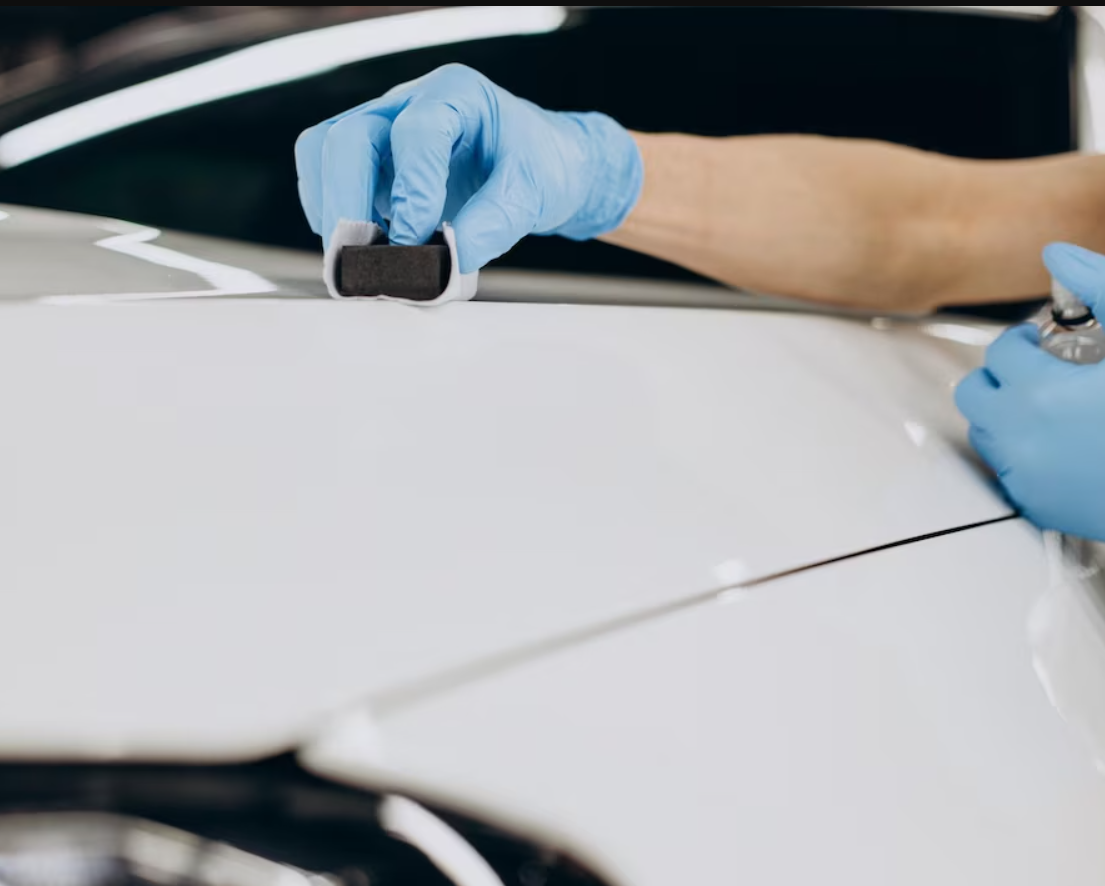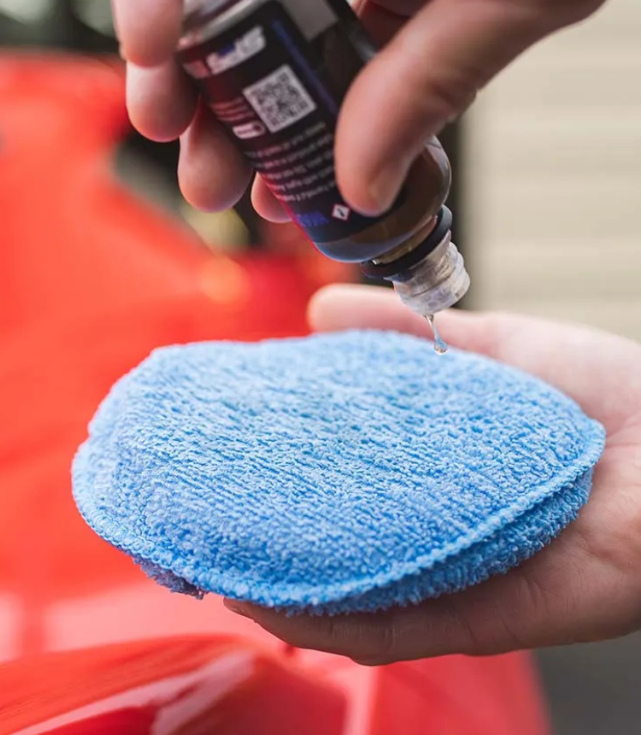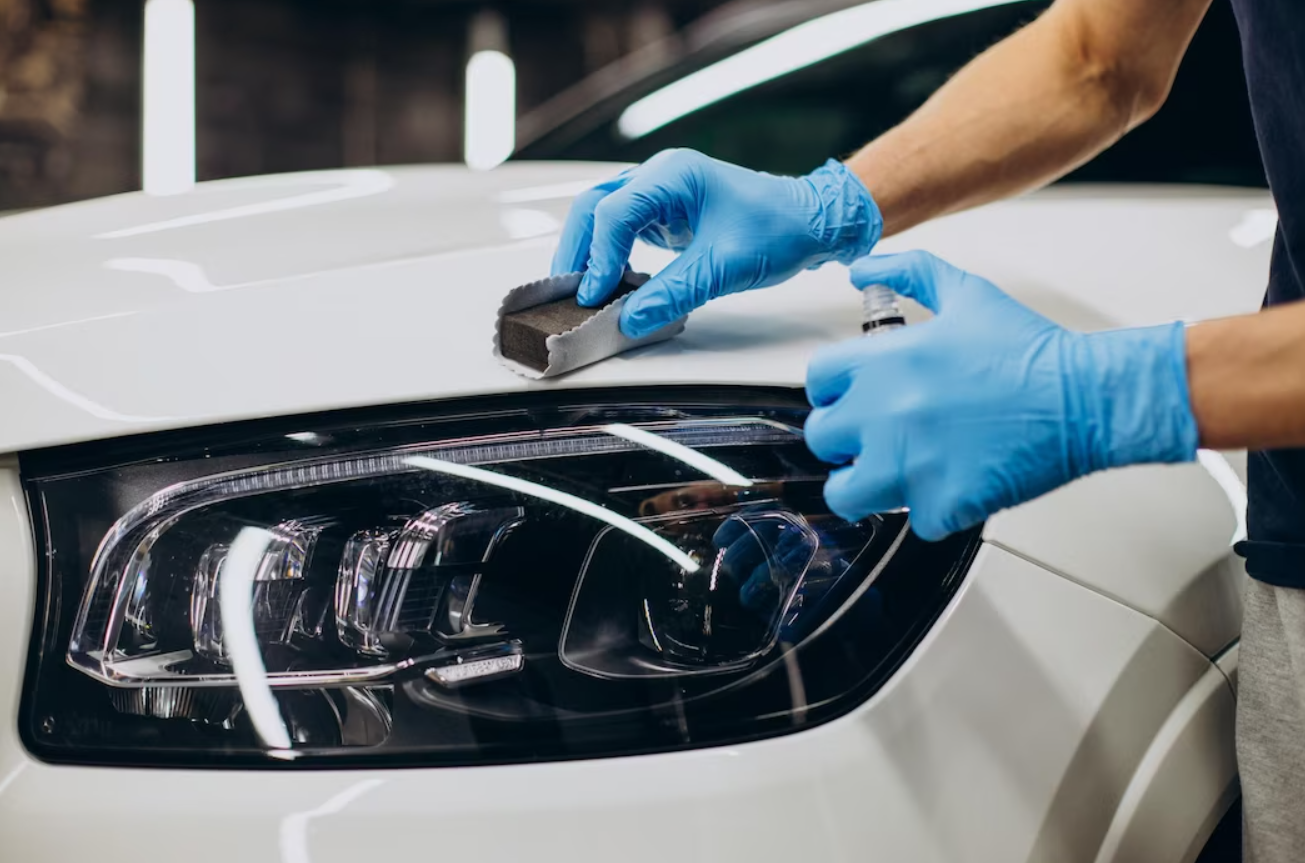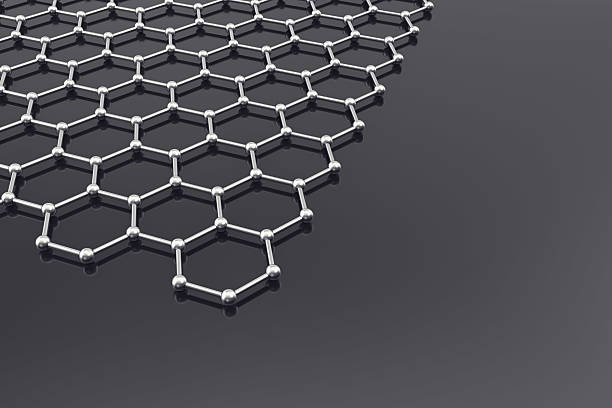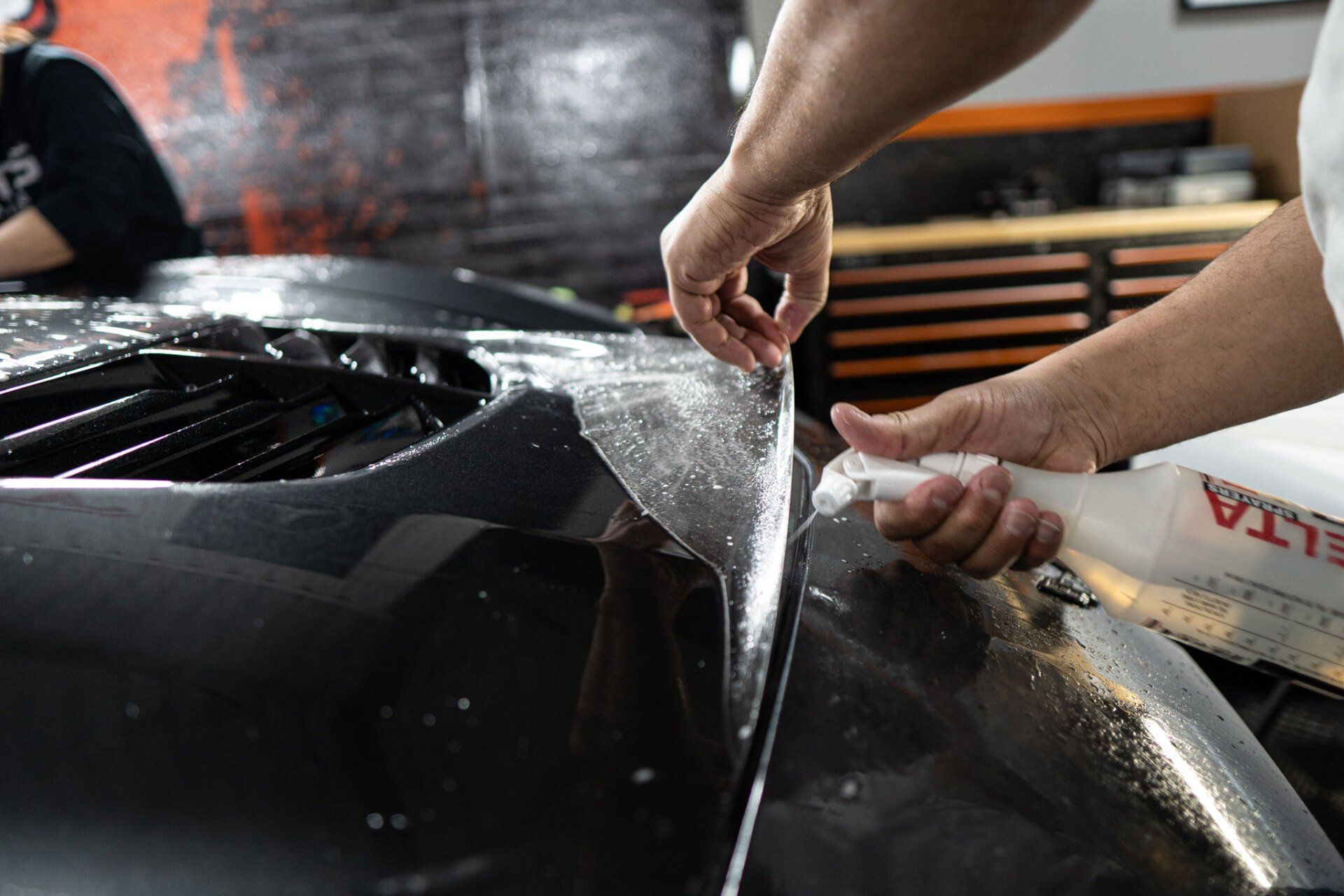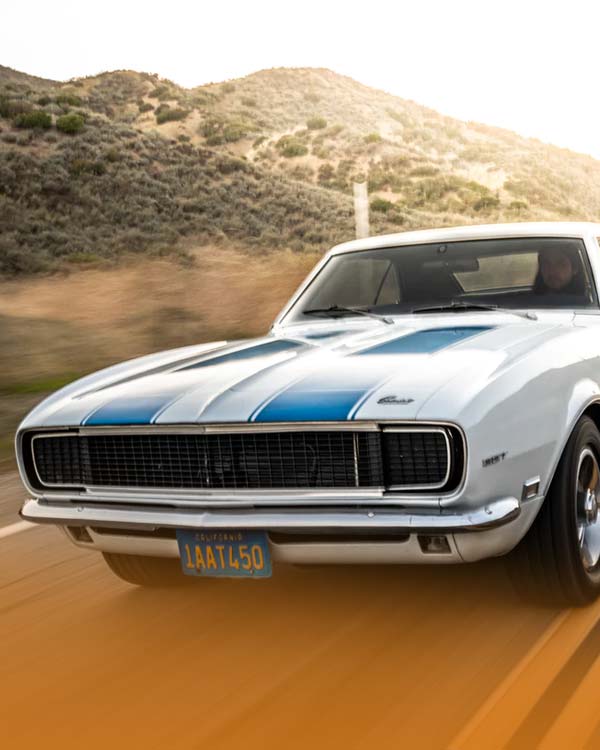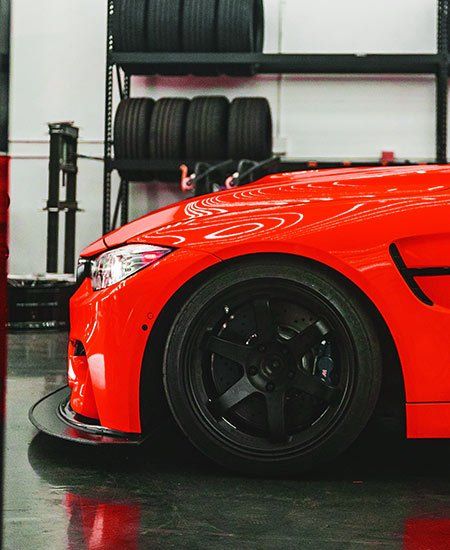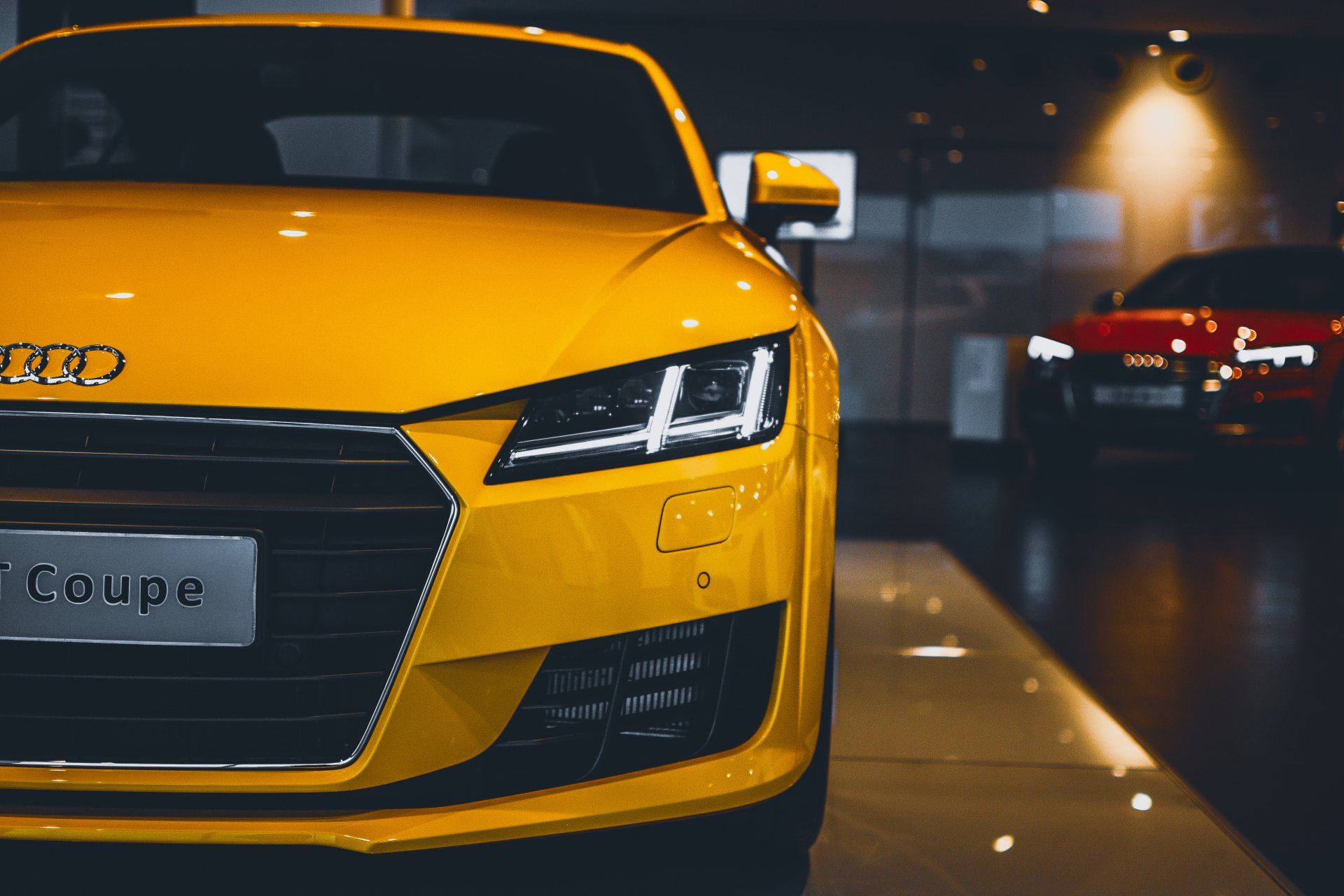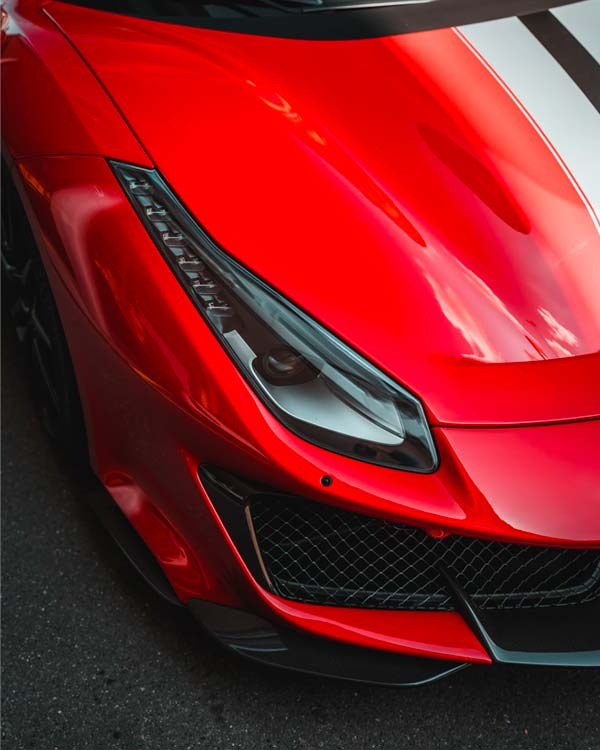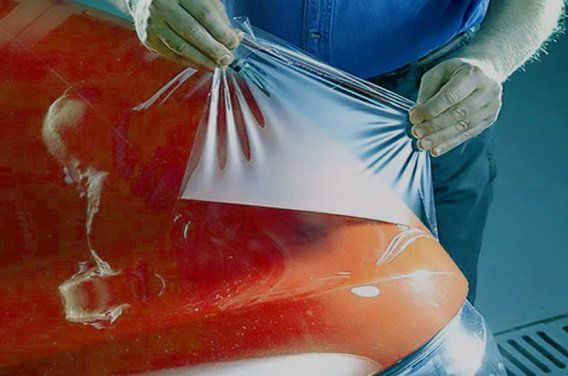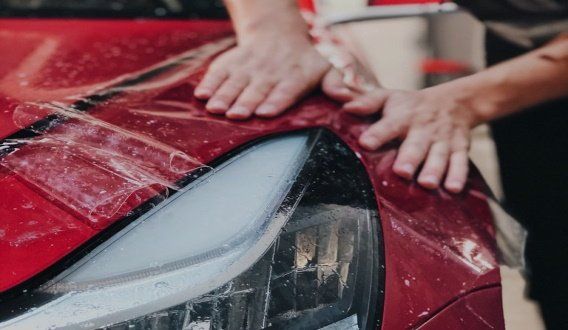Is Your Ceramic Coating Fading? Here’s How to Fix It
If you’ve invested in a ceramic coating for your vehicle, you probably expect it to maintain that eye-catching shine for years to come. But what happens when it starts to fade? You might find yourself wondering if that glossy finish is just a memory or if there's hope for restoration. Thankfully, fading ceramic coatings can be revived with the right care and techniques. In this article, we’ll guide you through the signs of a fading coating, the reasons behind the wear, and effective ways to bring back that showroom sparkle. Let's dive in and discover how to keep your car looking its best!
If your ceramic coating is fading, you can restore its appearance by cleaning the surface thoroughly and applying a dedicated ceramic coating restoration product such as a polishing compound designed for this purpose. Additionally, consider reapplying a protective layer to enhance longevity and protect against future fading from UV exposure and environmental elements.
Signs Your Ceramic Coating is Fading
One of the most conspicuous signs that your ceramic coating is losing its effectiveness is surface dullness. Initially, a freshly applied ceramic coating provides a stunning shine that catches the light beautifully, making your car look brand new. However, over time, as the protective layer begins to wear down due to environmental exposure such as ultraviolet rays, road grime, and harsh weather, you may start to notice a loss of this sheen. The glossy surface gives way to a lackluster finish that simply doesn’t reflect light like it used to.
Another telltale sign involves the behavior of water on your car's surface. With an intact ceramic coating, droplets of water bead up into tiny spheres, rolling off effortlessly. This hydrophobic effect is not just visually pleasing but also helps keep your vehicle cleaner for longer. However, when the coating fades, you'll see water acting differently—it spreads out into larger puddles rather than beading. This change signifies a diminishing protective barrier that can lead to increased dirt accumulation and staining.
Many car enthusiasts have noted that faded coatings lead to more pronounced issues with dirt and grime. As the hydrophobic properties diminish, contaminants cling to the surface more easily, making it harder to maintain that pristine look. Regular washing becomes less effective as stains become stuck in areas that were once easily cleaned. If your vehicle is now attracting soiling agents like never before, consider it a red flag that your ceramic coating needs attention.
Keep in mind that another noticeable impact of wearing down is that swirl marks or fine scratches may become more visible on the surface of your car. With an effective coating, these imperfections are often minimized by the smoothness of the ceramic layer, which acts like an additional buffing agent against everyday wear and tear. When that layer starts to fade or chip away, those pesky swirl marks reappear and become increasingly bothersome.
Being aware of these indicators empowers you to restore your vehicle's beauty effectively and maintain its value for longer. Next, we will explore the factors contributing to fading ceramic coatings and how they can impact your vehicle’s appearance.
Causes of Faded Ceramic Coating
First and foremost, let's discuss environmental factors. Prolonged exposure to UV rays is like a slow burn for your vehicle's ceramic coating. Over time, these rays can break down the coating molecules, leading to that unsettling dullness or fading we often see. In regions like Arizona or New Mexico, where the sun is relentless, this degradation can accelerate significantly, sometimes pushing the lifespan of your coating to its limits. It's remarkable how much sunlight can affect something that seems as solid as a car's finish.
Then there's chemical exposure, which can be quite sneaky. Road salts used during winter months or pollutants from nearby industries introduce harsh chemicals that can eat away at your ceramic coating. You may not see immediate effects, but frequent encounters with acidic contaminants like bird droppings or tree sap can cause gradual erosion. Studies have shown that even mild acid rain can lower a coating’s pH, weakening it over time and making it more susceptible to fading and wear.
Next up is physical abrasion. Think of those long days spent washing your car. While it's essential to keep it clean, using abrasive materials can inadvertently scratch the surface of the ceramic coating. Automatic car washes, buzzing with machines and brushes, often inflict more damage than good. These devices tend to use harsher cleaning techniques that can thin out and compromise your protective layer. Regular polishing might make your car shine but could also create micro-scratches that cumulatively lead to premature fading.
Understanding these causes arms you with valuable knowledge when it comes to taking preventive measures against future deterioration.
With insight into how these factors play into ceramic coating fading, you'll be better equipped for effective restoration techniques and strategies as we explore ways to rejuvenate and protect your vehicle's finish.
Professional Fixes for Faded Coating
For those who have tried and struggled with DIY restoration methods, it's crucial to know that professional detailing services can effectively manage fading issues. These experts possess not only the right tools but also experience in working with premium products that significantly outperform standard consumer options. For instance, detailers utilize professional-grade coatings such as CarPro Cquartz Professional or Gtechniq Crystal Serum Ultra, which provide superior protection and longevity against the elements.
Detailing Services
At a detailing center, you can expect a thorough and meticulous approach to restoring your vehicle's exterior. One key aspect of these services is using specialized cleaning products tailored for deep cleaning and protection. This isn't just about a quick wash; it's about ensuring every inch of your vehicle's surface is adequately prepared for the treatment ahead. Detailers focus on removing all traces of grime and faded coating before they apply any new layer of protection.
Paint Correction
Another essential component of professional restoration is paint correction. During this process, experts polish away minor imperfections from your vehicle’s surface, which enhances both aesthetics and the lifespan of the new coating. By meticulously correcting small scratches and swirls, detailers create a flawless foundation that ensures superior adhesion when applying new ceramic coatings. This also improves the durability of the finish because any unevenness can lead to premature wear.
The end result is remarkable: your vehicle not only looks fantastic but also stands up better against chemical damage and weathering due to enhanced bonding. By investing in professional restoration services, you're ensuring that your car remains protected for years to come.
To maintain that pristine appearance, it's essential to explore strategies for keeping your vehicle's exterior looking fresh and resilient over time.
How to Prevent Future Fading
Prevention is essential when it comes to maintaining the beautiful finish of your ceramic coating. One of the most crucial steps is regular washing with pH-neutral soaps, which is vital for preserving the integrity of the coating. Unlike harsh detergents that can strip protective layers, using a gentle, pH-neutral shampoo will ensure that the ceramic coating remains intact. Not only do they clean effectively, but they also help maintain that glossy appearance without causing damage.
However, washing alone isn't enough for complete protection; the environment plays a significant role too.
Shade and Protection
Keeping your car parked in a garage or under shade can significantly reduce UV exposure that contributes to fading. But if shelter isn’t always available, consider investing in a UV-protective sealant as well. This additional layer acts as a barrier against harmful rays while enhancing the longevity of the ceramic coating. It might seem like an added expense, but preventing fading now can save you costly repairs later on.
Remember, keeping your vehicle shielded from excess sunlight not only preserves its color but also helps maintain its overall value.
For those who frequently park outdoors, look for high-quality UV protectants that complement your ceramic coating. These products can offer dual protection by providing both a physical barrier to UV rays and enhanced durability against environmental contaminants.
A consistent maintenance routine is paramount for upholding that head-turning shine.
Lastly, make it a habit to regularly inspect your vehicle's surface for any signs of wear or damage, and address them immediately. This preventative approach ensures that you enjoy the beauty of your ceramic-coated vehicle and maximize its lifespan and aesthetic appeal over time. By being proactive with regular washing and environmental protections, you create an impressive synergy that keeps your car looking showroom-fresh for years to come.
As we shift focus now, let's explore techniques that ensure your vehicle maintains its stunning shine over the long haul.
Maintaining Long-Lasting Shine
To achieve that fresh-off-the-lot brilliance consistently, it's vital to establish a routine maintenance plan. Regular attention enhances your vehicle’s appearance and safeguards against future damage. Think of it as a nurturing relationship; the more you care for it, the better it performs.
One of the most effective steps is scheduling biannual assessments with your detailer. During these check-ups, they can identify early signs of wear that might go unnoticed. Perhaps there’s an area where the coating has begun to thin or spots that are developing—catching issues early could save you time and money in the long run.
Additionally, consider integrating ceramic coating boosters into your regular cleaning regimen. These products serve as a rejuvenating layer between full applications of ceramic coating, revitalizing hydrophobic properties and enhancing gloss. For instance, Gtechniq C2 Liquid Crystal is a popular choice among enthusiasts. It adds a brilliant shine and ensures water beads off effortlessly—making the washing process much easier and keeping dirt at bay. You’ll be amazed at how a simple application can uplift your vehicle's overall aesthetic appeal.
Furthermore, using the right tools plays a crucial role in maintaining that glossy finish. It's highly recommended to stick with microfiber towels when drying and polishing your coated surfaces. Unlike standard fabrics, microfiber avoids creating micro-scratches that lead to dullness over time. By opting for these specialized towels, you ensure that every wipe nurtures rather than damages.
Implementing these strategies helps create a protective shield around your investment, making maintenance effortless while ensuring it retains its stunning shine for many years to come.
With diligence and care, maintaining your ceramic coating can become a straightforward task rather than an overwhelming chore; after all, like any lasting relationship, it's about prioritizing small efforts that yield magnificent rewards.
When you're ready to restore or perfect your ceramic coating experience, reach out for expert help at
Veishop or call us at (937) 361-7993 today!
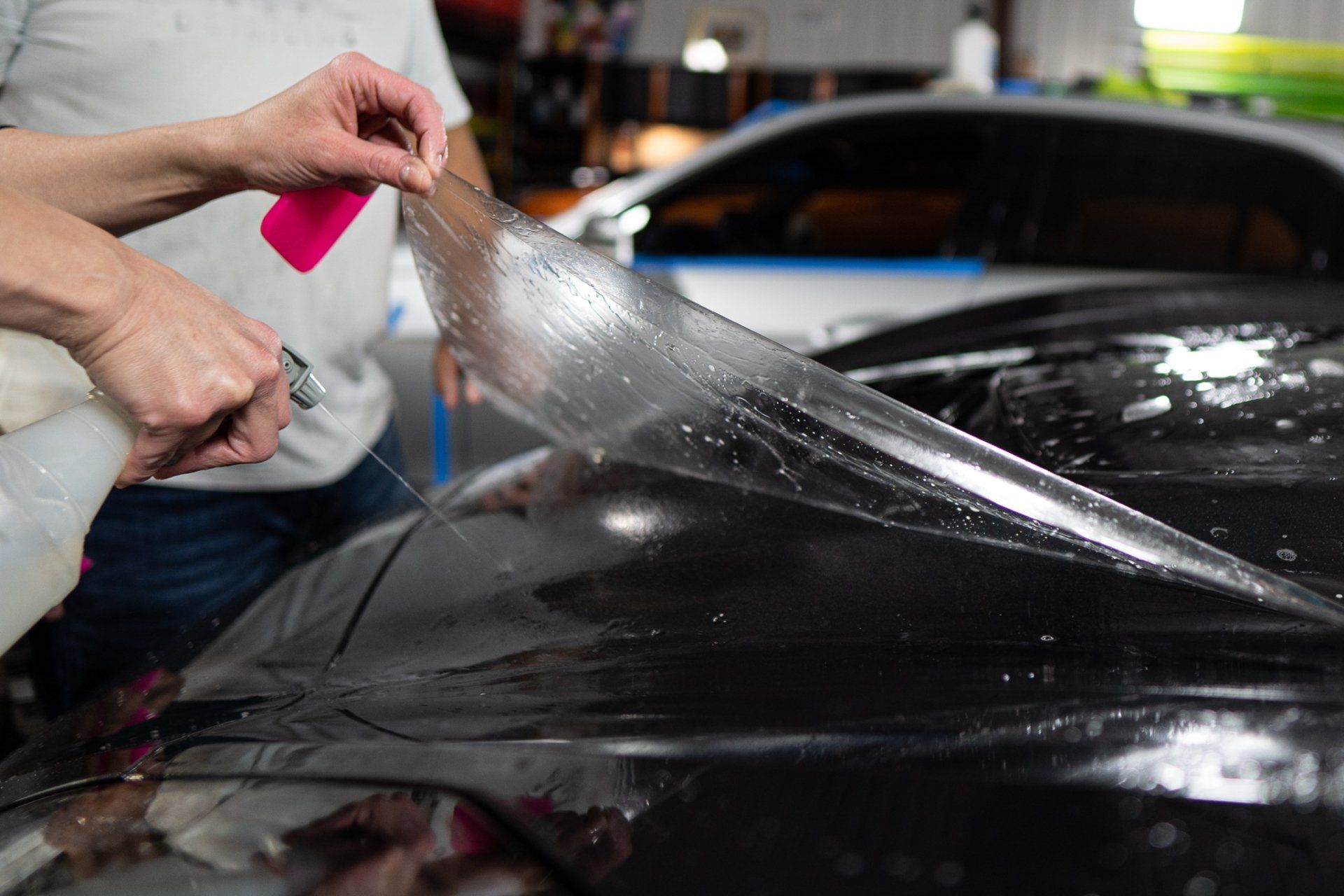
OUR SERVICES
GET IN TOUCH
MORAINE, OHIO LOCATION
4002 Kettering Blvd, Moraine, OH, United States
QUICK LINKS
veishop.com was designed by the team at Detailers Roadmap, a platform developed for detailing operators across the globe.
All Rights Reserved | 8bitcreative LLC | Vehicle Enhancement Inc

